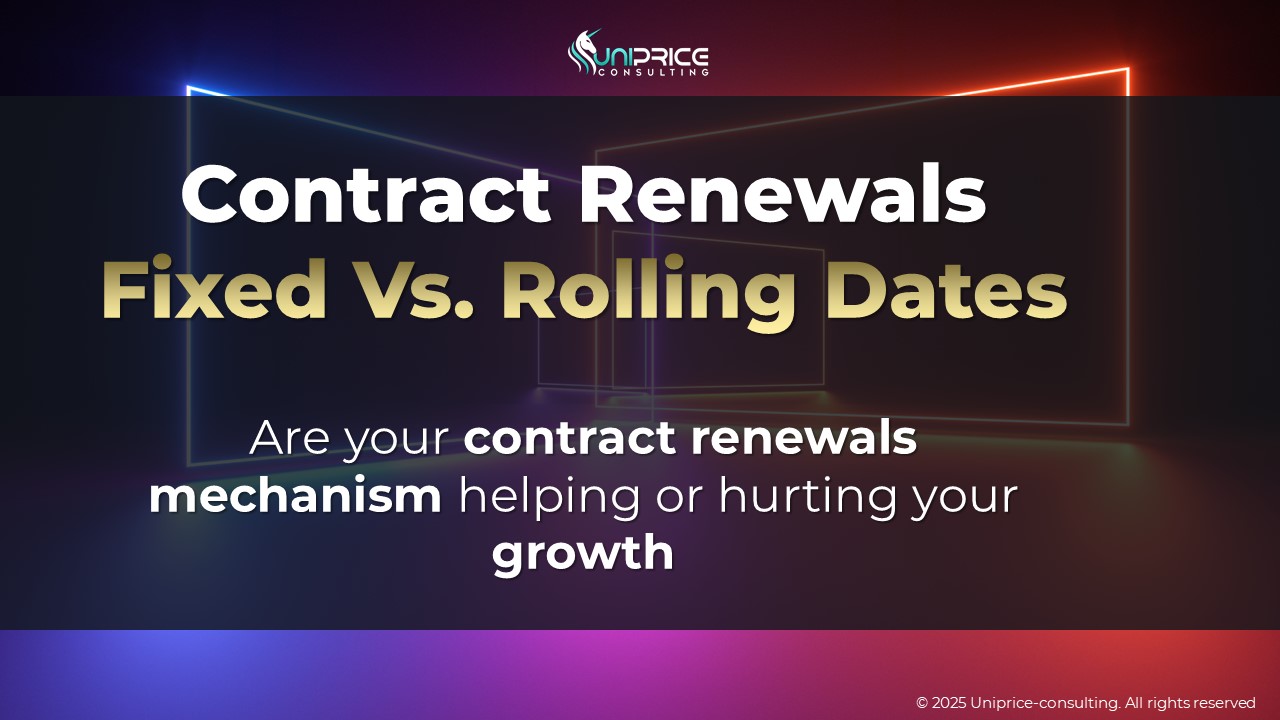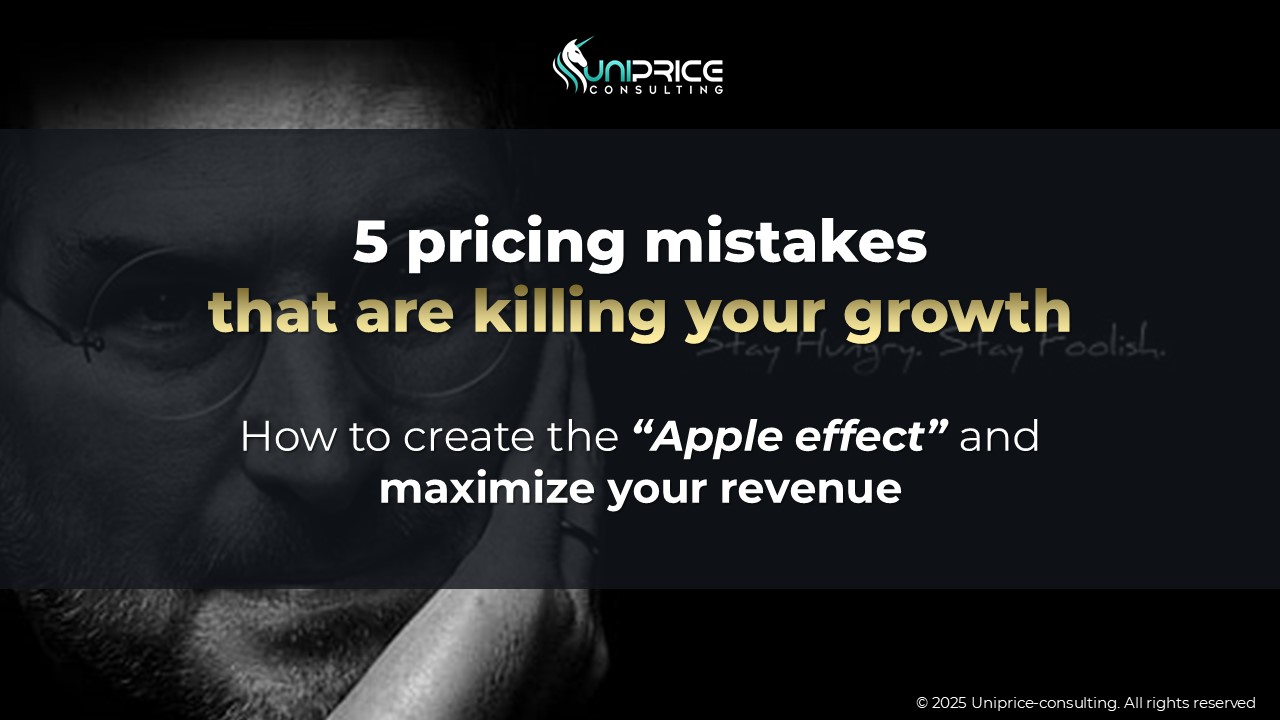In the dynamic world of SaaS (Software as a Service), managing contract renewals is crucial to maintaining stable revenue and strong customer retention. The debate between aligning all renewals on a single date and spreading them throughout the year (rolling renewals) is a major strategic issue. Below is an improved and streamlined version of the article, including additional information and best practices.
Should all annual SaaS contracts be renewed on a fixed date?
Aligning all renewals on a single date, such as January 1st, can simplify planning for certain industries. However, this approach presents specific advantages and risks.
Advantages of Fixed Renewal Dates
- Sector Alignment:
For industries with strict budget cycles (e.g., education, public sector), synchronizing renewals with the fiscal year simplifies financial planning and procurement processes. - Revenue Predictability:
A fixed date provides a clear view of cash inflows, facilitating financial forecasting and cash flow management. - Simplification of Vendor Management:
Managing all renewals simultaneously reduces administrative burden, allowing companies to focus on negotiating more advantageous terms and optimizing vendor relationships.
Limitations and Risks of Fixed Dates
- Concentration of Churn Risk:
In deteriorating market conditions, many clients might choose not to renew simultaneously, leading to a sudden loss of revenue. - End-of-Year Overload:
Sales and customer relationship teams can become overwhelmed at year-end, increasing the risk of errors, burnout, and a decline in service quality. - Late Detection of Issues:
Signs of customer dissatisfaction or insufficient product usage may only appear at renewal time, making corrective actions less effective. - Operational Rigidity:
A single date limits the flexibility needed to adapt to varied client cycles and specific needs.
Benchmarks indicate that some SaaS companies using fixed dates can experience revenue spikes and concentrated churn during market shifts.
Advantages of Rolling Renewals
- Risk Distribution:
Spreading renewals over the year dilutes the risk of churn and smooths out revenue fluctuations, reducing the impact of a single period. - Continuous Engagement:
Teams can maintain ongoing relationships with clients, facilitating early identification of issues and the implementation of tailored solutions. - Steady Cash Flow:
Rolling renewals offer a more balanced cash flow, which is essential for high-growth SaaS companies. - Negotiation Opportunities:
Ongoing discussions throughout the year create more chances for upsells, cross-sells, and contractual adjustments based on evolving client needs.
Studies show that around 80% of B2B SaaS companies opt for rolling renewals to manage churn and stabilize revenue.
Integration of Upsells and Expansions
- Uniform Renewal Date:
It is recommended to align all additional purchases (expansions, add-ons) with the client’s primary renewal date. For example, if the renewal date is April 1st, all add-ons should also renew on that date, simplifying contract management. - Business Opportunities:
Integrating expansion discussions at the time of renewal promotes upsell and cross-sell, increasing customer lifetime value and overall revenue. - Automation:
Utilizing CRM tools and contract management software allows for automated reminders and tracking of client engagement, ensuring a smooth and efficient renewal process.
Optimal SaaS Renewal Strategy
- Macro Approach:
Favor rolling renewals to stabilize revenue and mitigate the concentrated churn risk, offering more flexibility in the face of market fluctuations. - Micro Execution:
Consolidate each client’s various purchases into a single annual renewal date to simplify contract administration and improve customer satisfaction. - Data Analysis:
Leverage analytics and customer feedback to continuously adjust the renewal strategy, allowing for early identification and rapid resolution of issues before they impact renewal decisions.
Benchmarks and Feedback
- Market Trends:
Studies show that around 80% of B2B SaaS companies opt for rolling renewals to manage churn and stabilize revenue. - Churn Dynamics:
Companies using a single renewal date often experience spikes in churn during market shifts, which can lead to significant revenue losses. - Growth Practices:
High-growth SaaS companies combine rolling renewals with upsell opportunities to ensure constant revenue flows and invest in innovation.
By adopting a renewal strategy that combines the agility of rolling renewals with the simplicity of unifying dates for additional purchases, SaaS companies can optimize customer retention and ensure sustainable growth.
Lyas Driad
CEO








